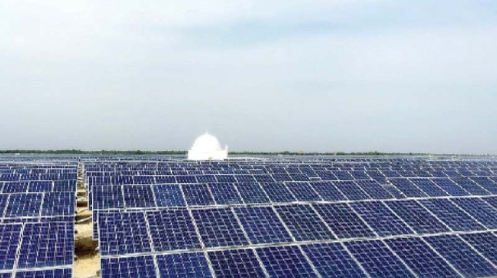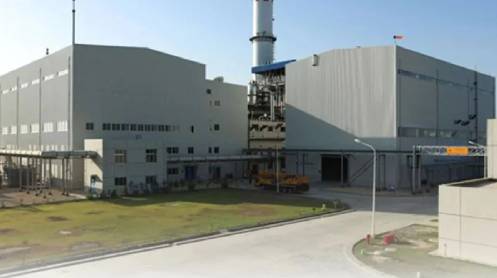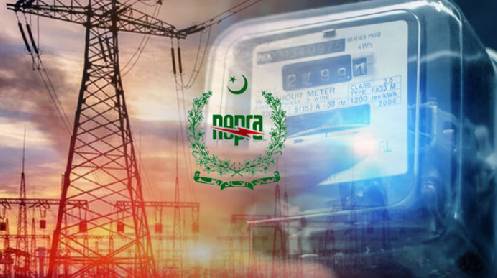Solar energy market expected to grow from 1.3GW in 2023 to 9.77GW by 2028
BEIJING: “The Green Silk Road is an important tool that can help us all pull out of the dead ends of the past and set us on a new pathway that benefits people and planet alike,” United Nations Secretary-General Antonio Guterres emphasised in his speech at the high-level forum on green development of the third Belt and Road Forum for International Cooperation held on October 18.
With the theme of Green Silk Road for Harmony with Nature, more than 400 people from over 40 countries attended the green development forum, sharing the results of “Green Silk Road” construction in the past decade.
“Green development truly matters,” stated Zafaruddin Mahmood, former special assistant to the prime minister of Pakistan, adding “thanks to China-proposed BRI, significant changes have driven Pakistan’s green transformation, including the solar and wind power facilities from scratch.”
Lately, Chinese solar solutions giant LONGi announced that they are about to achieve the magnificent goal of 2 gigawatts (GW) in Pakistan. Statistics from the International Renewable Energy Agency (IRENA) showed that Pakistan’s solar energy market size is expected to grow from 1.3GW in 2023 to 9.77GW by 2028, at a compound annual growth rate (CAGR) of 49.68% during the forecast period (2023-2028).
Not only in Pakistan, among more BRI partners, Chinese companies have also expanded their global presence to launch green projects, backed up with investments and advanced supply chains. As the world’s largest producer of solar panels and wind turbines and a leading manufacturer of new energy vehicles, China has unparalleled advantages in promoting the popularisation of green and sustainable energy.
Read Pak-China relationship cornerstone of foreign policy: PM Kakar
Official data showed that the export value of China’s solar panels, lithium-ion batteries and electric vehicles stood at $109 billion in the first three quarters of the year, soaring 41.7% year-on-year. The export value has grown in double digits for 14 consecutive quarters.
On the same day, LONGi officially launched the first phase of its Serendah Module Plant in Malaysia. Located in Serendah, Selangor state on Malaysia’s west coast, the 566,560-square-metre module factory, with an investment of $380 million, represents LONGi’s inaugural manufacturing presence in West Malaysia.
There will be two phases of construction, with a combined capacity of 8.8GW, the company said. The first phase is already operating and work has started on the second phase.
The Serendah module plant has created 900 local jobs, with the number anticipated to exceed 2,000 eventually.
Furthermore, in 2022, LONGi has provided one-third of the core equipment for all photovoltaic projects in five Central Asian countries. The 50-megawatt Balkhash Power Station Phase-I, as LONGi’s largest project in Kazakhstan, can help reduce carbondioxide emissions by 70,000 tons per year. The first batch of 20MW modules of Uzbekistan’s 1GW photovoltaic project also arrived in Tashkent not long ago through the China-Europe freight train.
The article originally appeared on the China Economic Net





